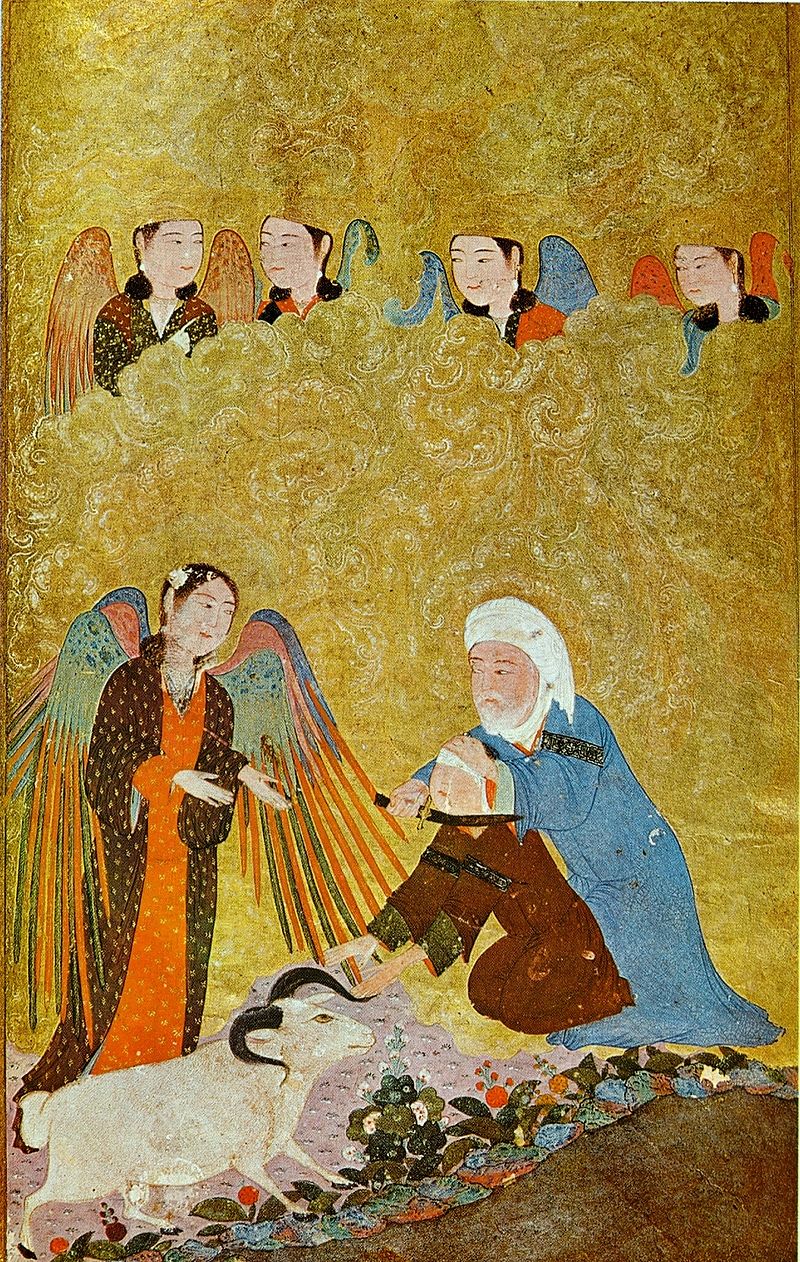

 字體:小 中 大
字體:小 中 大 |
|
|
|||
| 2024/05/13 23:55:58瀏覽166|回應0|推薦4 | |||
. .
十四世紀時為帖木兒帝國國都,這裡也是帖木兒陵墓的遺址古爾-埃米爾陵所在地。Bibi-Khanym清真寺也是著名地標之一,雷吉斯坦廣場則是市區古老的中心。 在2001年時,聯合國教育、科學及文化組織將擁有2750年之久歷史的撒馬爾罕編入世界遺產之列,稱為「文化交匯之地」(「Crossroads of Cultures」,列入亞洲和大洋洲世界遺產)。. 撒馬爾罕曾經是花剌子模的首都。當年成吉思汗攻打撒馬爾罕之時,包圍八天後破城。所以在撒馬爾罕陷落之後,成吉思汗下令屠城。和伊斯蘭教長有關係的五萬人可留在城內。其他不出城的格殺勿論。下令把十萬康里人處死,其他人用二十萬第納爾贖金免死。這裡人口多是說波斯語的塔吉克人(因「颯秣鞬」本即突厥語辭彙),唐時突厥化,西突厥汗國曾統治這座城市,但仍讓撒馬爾罕當地王繼續為王。玄奘西行時曾到訪撒馬爾罕。16世紀至蘇聯時期烏茲別克化。. .Samarkand or Samarqand (/ˈsæmərkænd/ SAM-ər-kand; Uzbek and Tajik: Самарқанд, pronounced [sæmærqænd, -ænt]; Persian: سمرقند) is a city in southeastern Uzbekistan and among the oldest continuously inhabited cities in Central Asia. Samarqand is the capital of Samarqand Region and a district-level city, that includes the urban-type settlements Kimyogarlar, Farhod and Khishrav.[2] With 551,700 inhabitants (2021)] it is the third-largest city of Uzbekistan. There is evidence of human activity in the area of the city dating from the late Paleolithic Era. Though there is no direct evidence of when Samarqand was founded, several theories propose that it was founded between the 8th and 7th centuries BCE. Prospering from its location on the Silk Road between China, Persia and Europe, at times Samarqand was one of the largest[ cities in Central Asia,[5] and was an important city of the empires of Greater Iran.] By the time of the Persian Achaemenid Empire, it was the capital of the Sogdian satrapy. The city was conquered by Alexander the Great in 329 BCE, when it was known as Markanda, which was rendered in Greek as Μαράκανδα.[] The city was ruled by a succession of Iranian and Turkic rulers until it was conquered by the Mongols under Genghis Khan in 1220.. Ruins of Afrasiab – ancient Samarkand destroyed by Genghis Khan.
.
.
.帖木兒(波斯-阿拉伯文:تیمور,拉丁轉寫:Tēmōr,1336年4月8日—1405年2月18日),突厥化蒙古人,或譯帖木耳,帖木兒汗國的創始埃米爾,為察合臺語「鐵」之意,出身於蒙古巴魯剌思氏部落.,1362年起事時被打傷,從此跛腳,因此人稱跛子帖木兒,另外帖木兒可操流利波斯語、土耳其語及蒙古語。因為他娶了東察合台汗國可汗黑的兒火者的女兒為妻,所以又被稱為駙馬帖木兒。他打敗了西亞、南亞和中亞的其他國家,是帖木兒帝國的奠基人。 他的後代兒子沙哈魯與孫子烏魯伯格在1411至1449年統治中亞,成為伊斯蘭文化中心[,曾孫巴卑爾則南侵印度,建立了蒙兀兒帝國,此帝國在1526至1857年統治南亞,約有四個世紀的時間. . . .
1941年6月19日,帖木兒的屍體從墳墓中被挖出,蘇聯人類學家米哈伊爾·M·格拉西莫夫和列夫·V·奧沙寧對他的遺體進行了檢查。格拉西莫夫從帖木兒的頭骨中重建了帖木兒的肖像,發現他的面部特徵呈現出「典型的蒙古人種特徵」。帖木兒頭蓋骨的人類學研究表明,他主要屬於「南西伯利亞蒙古人種類型」。帖木兒身高5英尺8英寸(173公分),在他那個時代是很高的。檢查證實,帖木兒跛行,右臂因受傷而瘀青。. 他的右大腿骨與膝蓋骨結合在一起,膝關節的構造顯示他的腿始終保持彎曲,因此會有明顯的跛行。他看起來胸膛寬闊,頭髮和鬍鬚都是紅色的。據稱帖木兒的墳墓上刻著這樣的話:「當我從死裡復活時,世界將會顫抖」。據說,當格拉西莫夫挖掘屍體時,在棺材內發現了額外的銘文,上面寫著:
在格拉西莫夫開始挖掘屍體三天後,1941年6月22日,阿道夫·希特勒入侵了蘇聯(史稱巴巴羅薩行動),蘇德戰爭由此爆發,德軍輕易攻入蘇聯腹地令蘇軍損失慘重,帖木兒的詛咒於是在蘇聯境內流傳甚廣。.。1942年11月,就在蘇聯贏得史達林格勒戰役之前,帖木兒被以完整的伊斯蘭儀式重新安葬。 . . The Timurid Empire was a late medieval, culturally Persianate[] Turco-Mongol empire[11][12] that dominated Greater Iran in the early 15th century, comprising modern-day Iran, Iraq, Afghanistan, much of Central Asia, the South Caucasus, as well as parts of contemporary Pakistan, North India and Turkey. The empire was culturally hybrid, combining Turko-Mongolian and Persianate influences,[13][14] with the last members of the dynasty being "regarded as ideal Perso-Islamic rulers".[15] The empire was founded by Timur (also known as Tamerlane), a warlord of Turco-Mongol lineage, who established the empire between 1370 and his death in 1405. He envisioned himself as the great restorer of the Mongol Empire of Genghis Khan, regarded himself as Genghiss heir, and associated closely with the Borjigin. Timur continued vigorous trade relations with Ming China and the Golden Horde, with Chinese diplomats like Ma Huan and Chen Cheng regularly traveling west to Samarkand to buy and sell goods. The empire led to the Timurid Renaissance, particularly during the reign of astronomer and mathematician Ulugh Begh. By 1467, the ruling Timurid dynasty, or Timurids, had lost most of Persia to the Aq Qoyunlu confederation. However, members of the Timurid dynasty continued to rule smaller states, sometimes known as Timurid emirates, in Central Asia and parts of India. In the 16th century, Babur, a Timurid prince from Ferghana (modern Uzbekistan), invaded Kabulistan (modern Afghanistan) and established a small kingdom there. Twenty years later, he used this kingdom as a staging ground to invade the Delhi Sultanate in India and establish the Mughal Empire.
帖木兒帝國(波斯語:تیموریان Timuriyān;帝國自稱為古爾卡尼(波斯語 :گوركانى Gurkānī,意為「女婿國」),或者被稱為圖蘭(波斯語:توران Tūrān)[10],是存在於1370年至1507年之間的穆斯林帝國。由巴魯剌思氏的後代突厥化蒙古人帖木兒所建立。 在帖木兒時期,突厥斯坦和呼羅珊正好經歷了伊斯蘭建築的輝煌時期,從15世紀末開始,察合台突厥語已成為突厥斯坦、花剌子模、克里米亞、喀山和亞塞拜然的高度文化語言。 在帖木兒將撒馬爾罕定為首都後,工匠們從被佔領的土地中移居到撒馬爾罕。西班牙大使克拉維霍表示:撒馬爾罕共有15萬個藝術家家庭。因此十四-十五世紀期間的撒馬爾罕被認為是該國文藝活動的黃金時期。[18]由於帖木兒及其繼任者統治期間皆在重點發展工藝和科學,這一時期也被稱為帖木兒黃金時期。 1507年,帖木兒帝國被昔班家族的昔班尼攻陷而滅亡,進入布哈拉汗國時期。帖木兒帝國滅亡後,巴布爾先是逃亡到阿富汗,然後到達印度,並建立起蒙兀兒帝國;由此帖木兒帝國雖然被摧毀,但該王朝仍能以另一形式繼續統治下去。..
|
|||
| ( 休閒生活|旅人手札 ) |




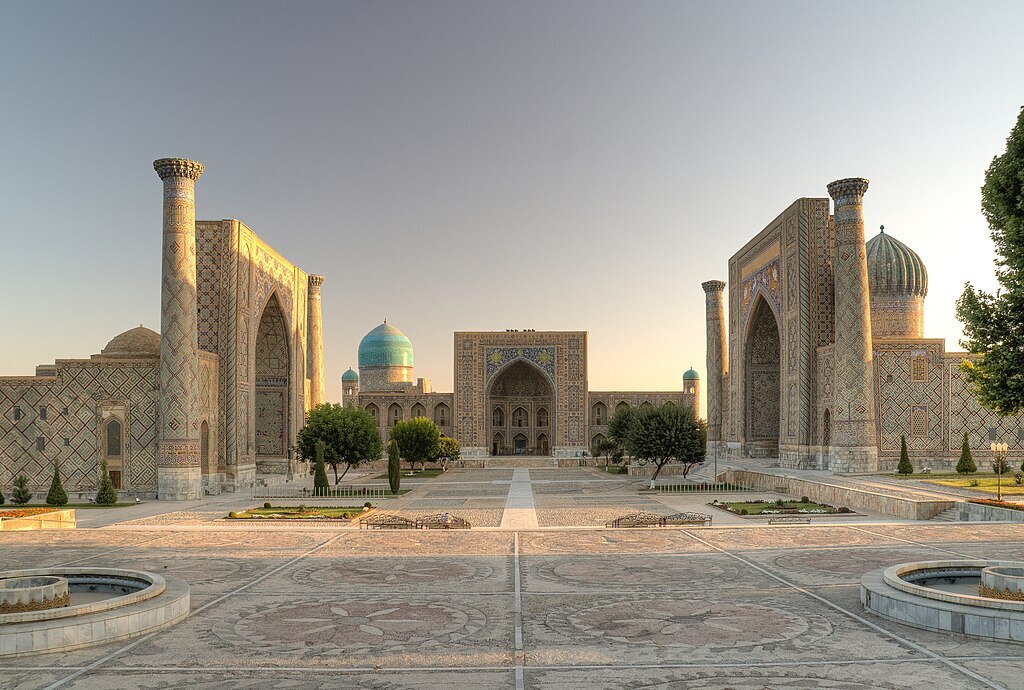
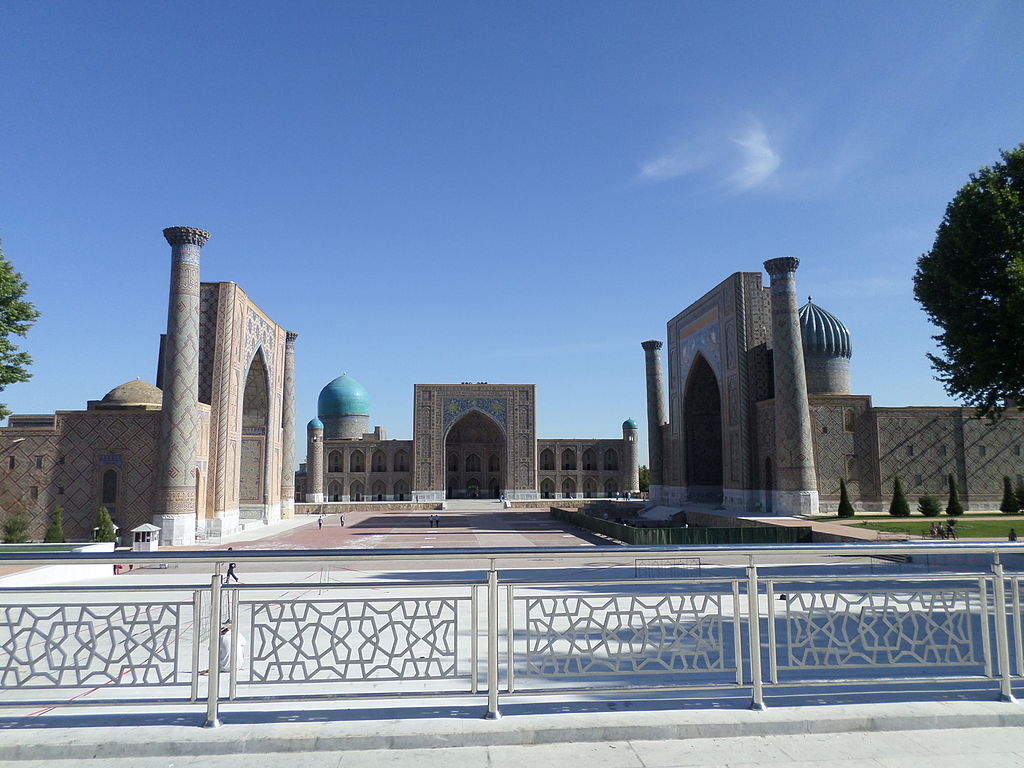
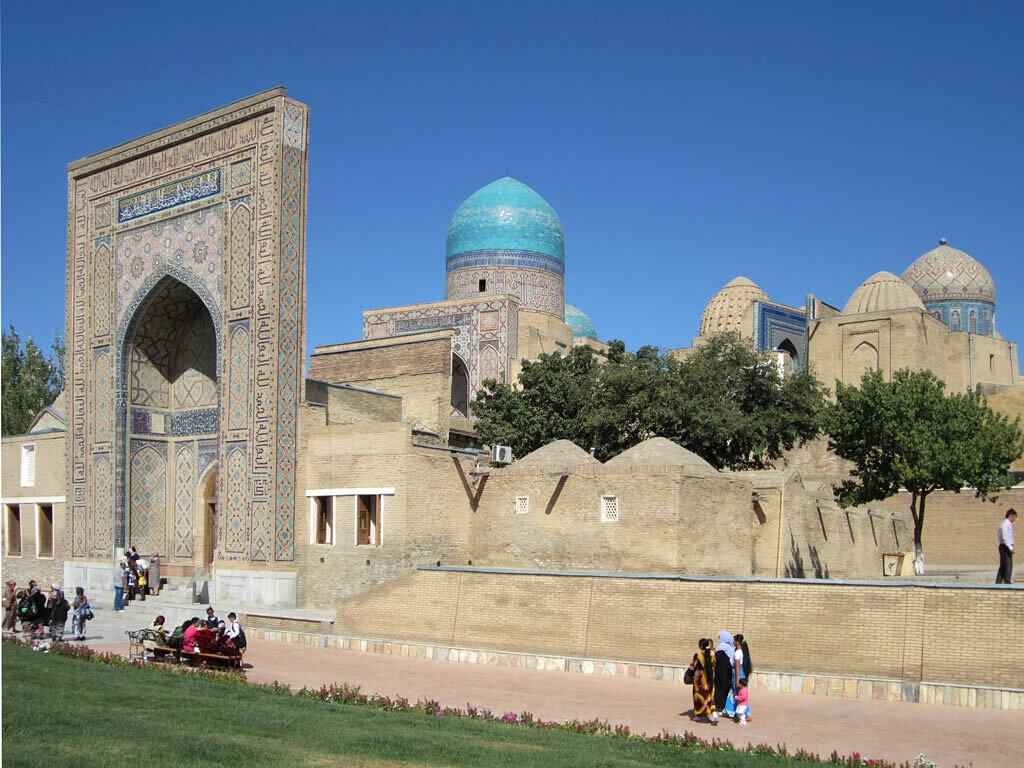
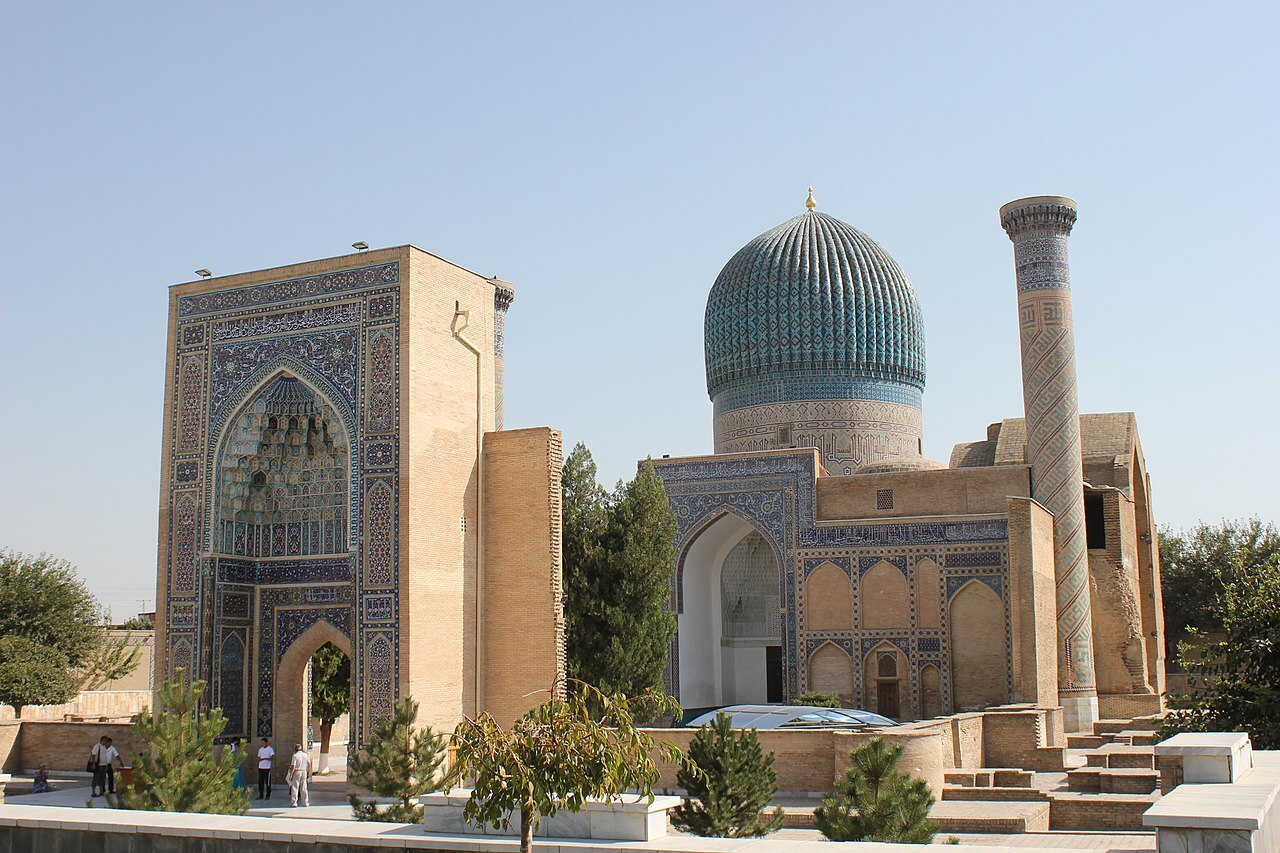

 .
.
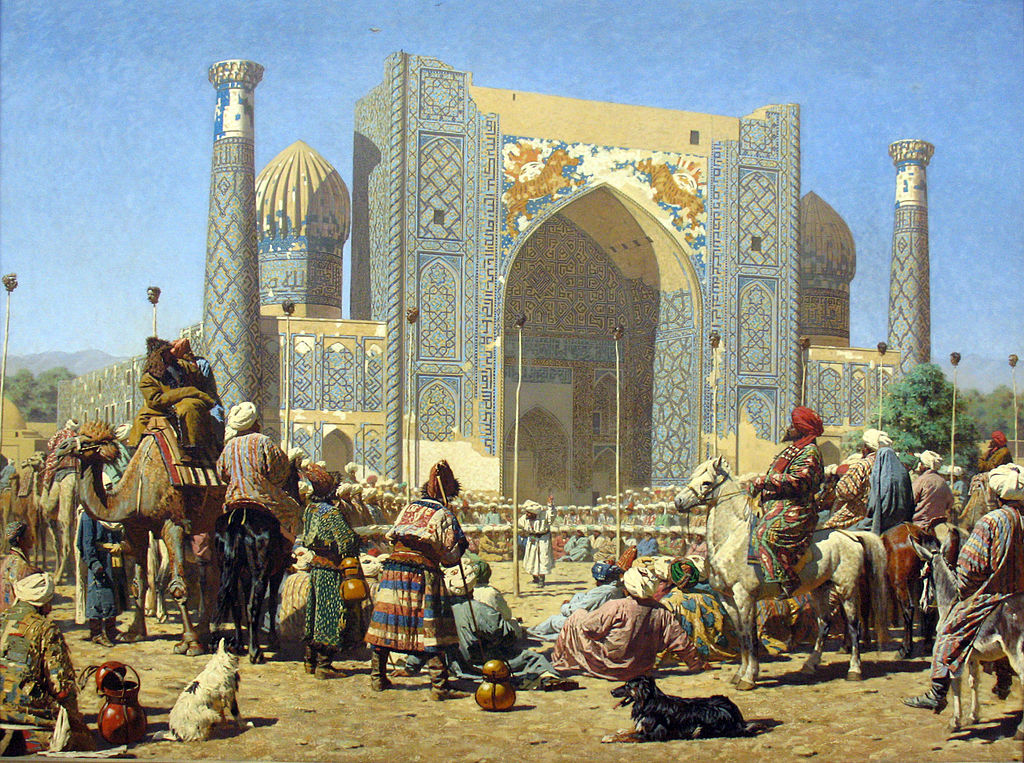
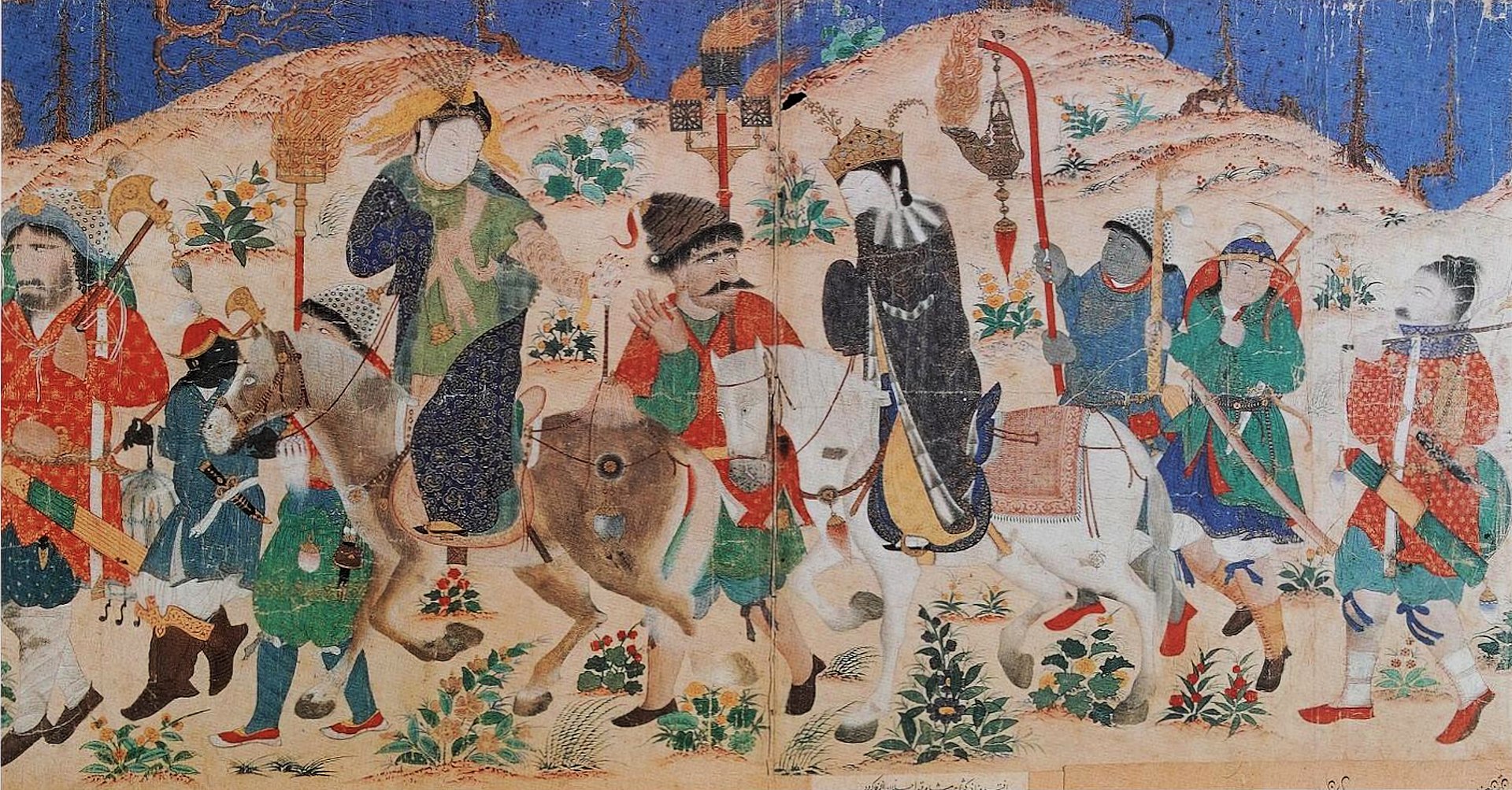
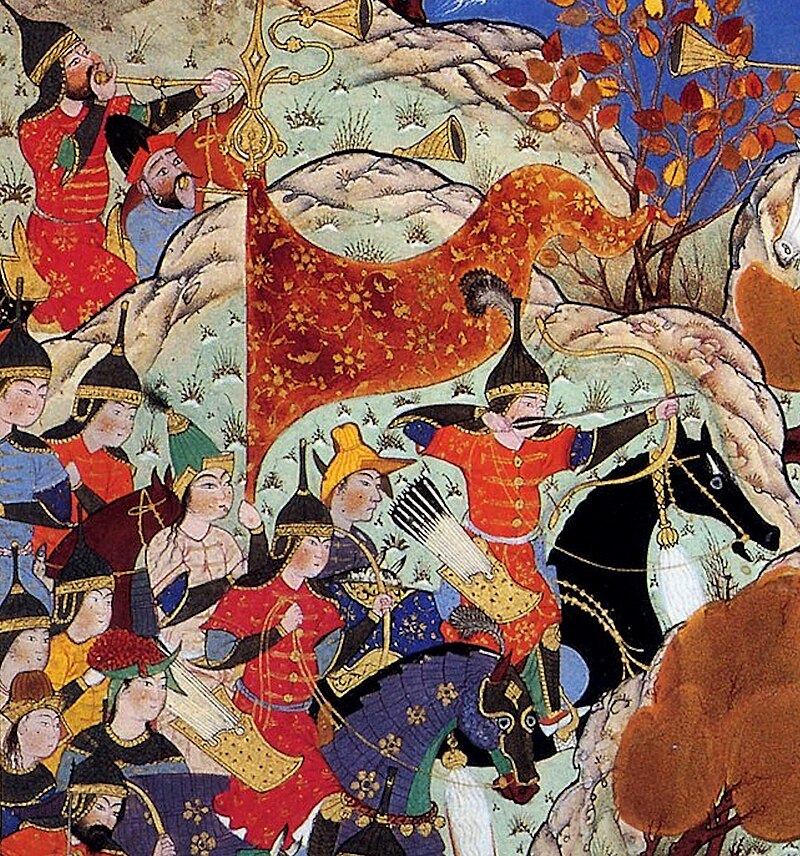

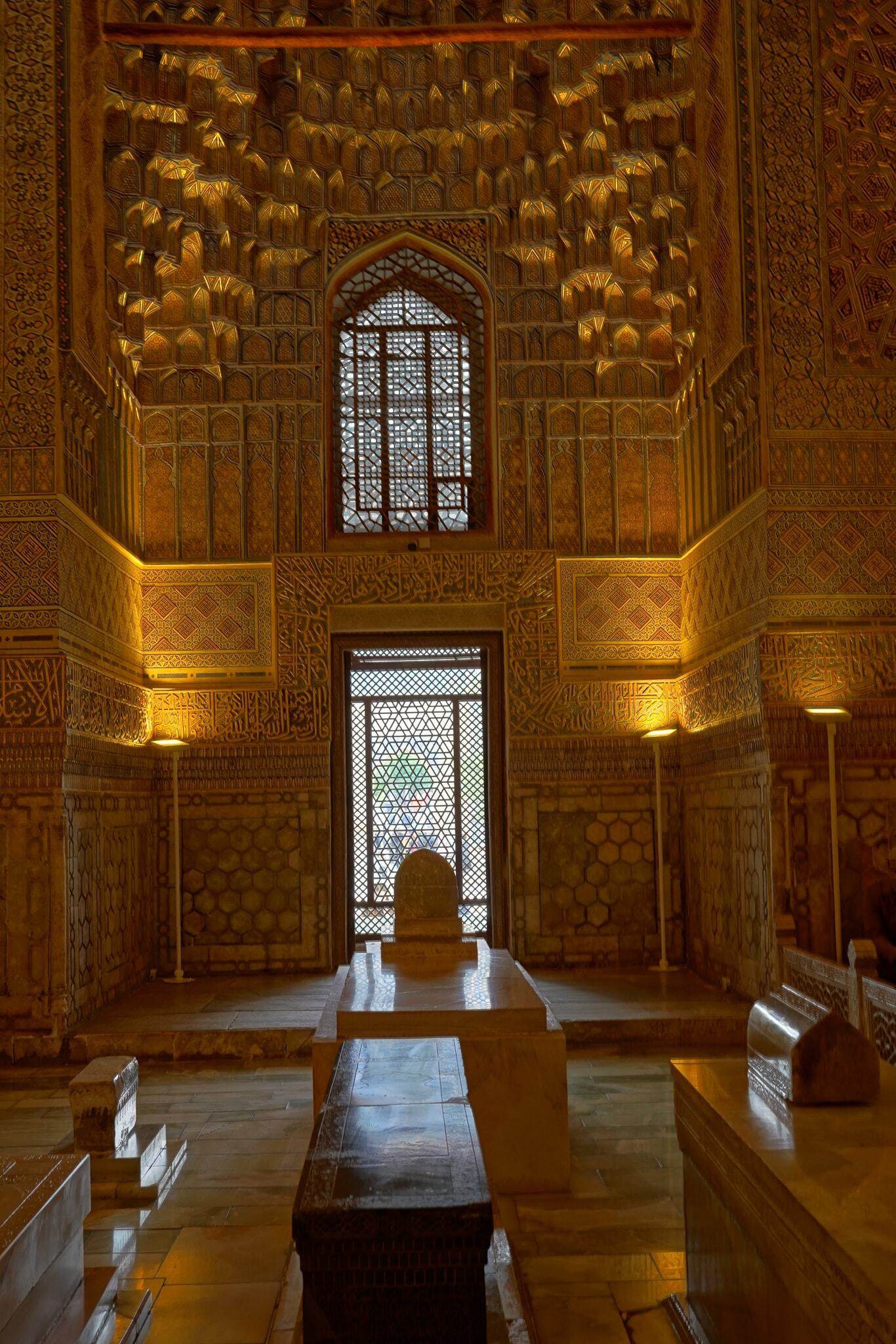
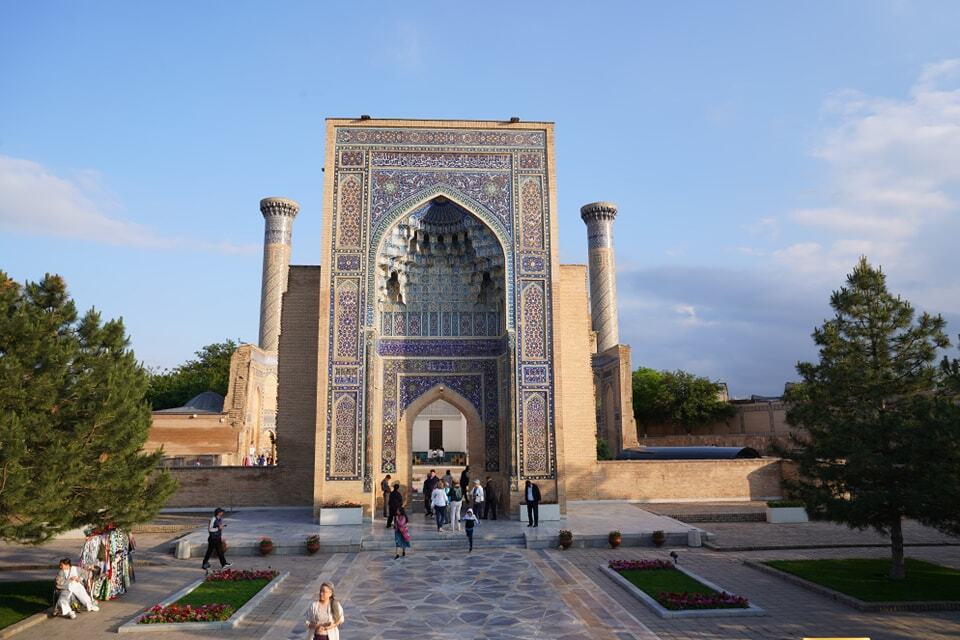
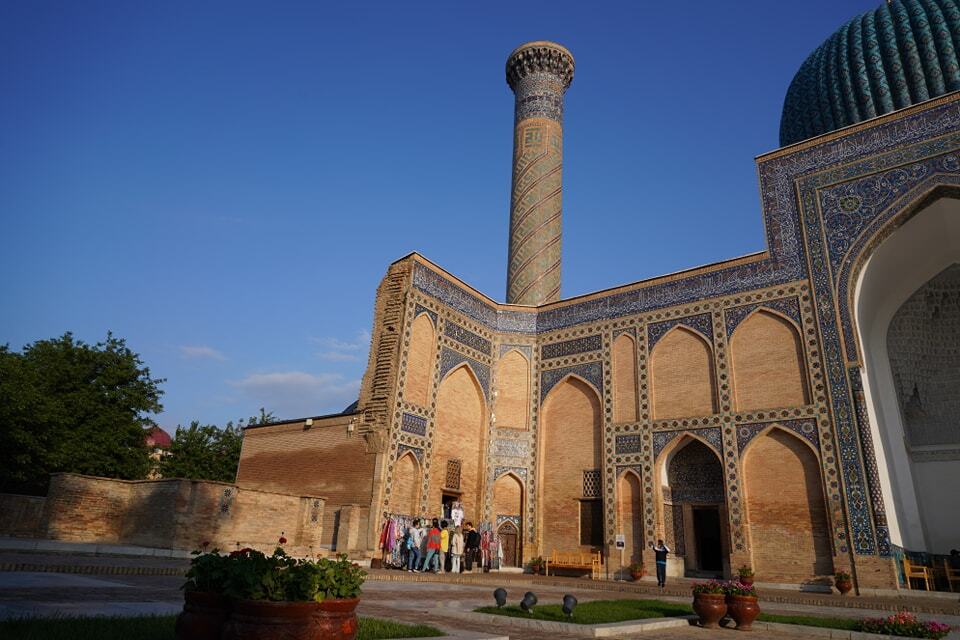
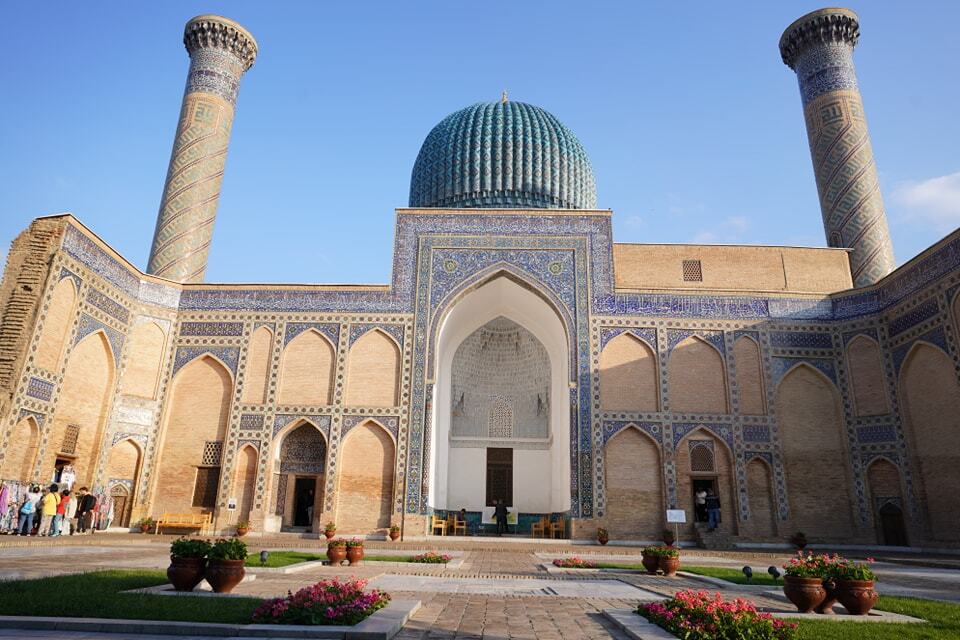

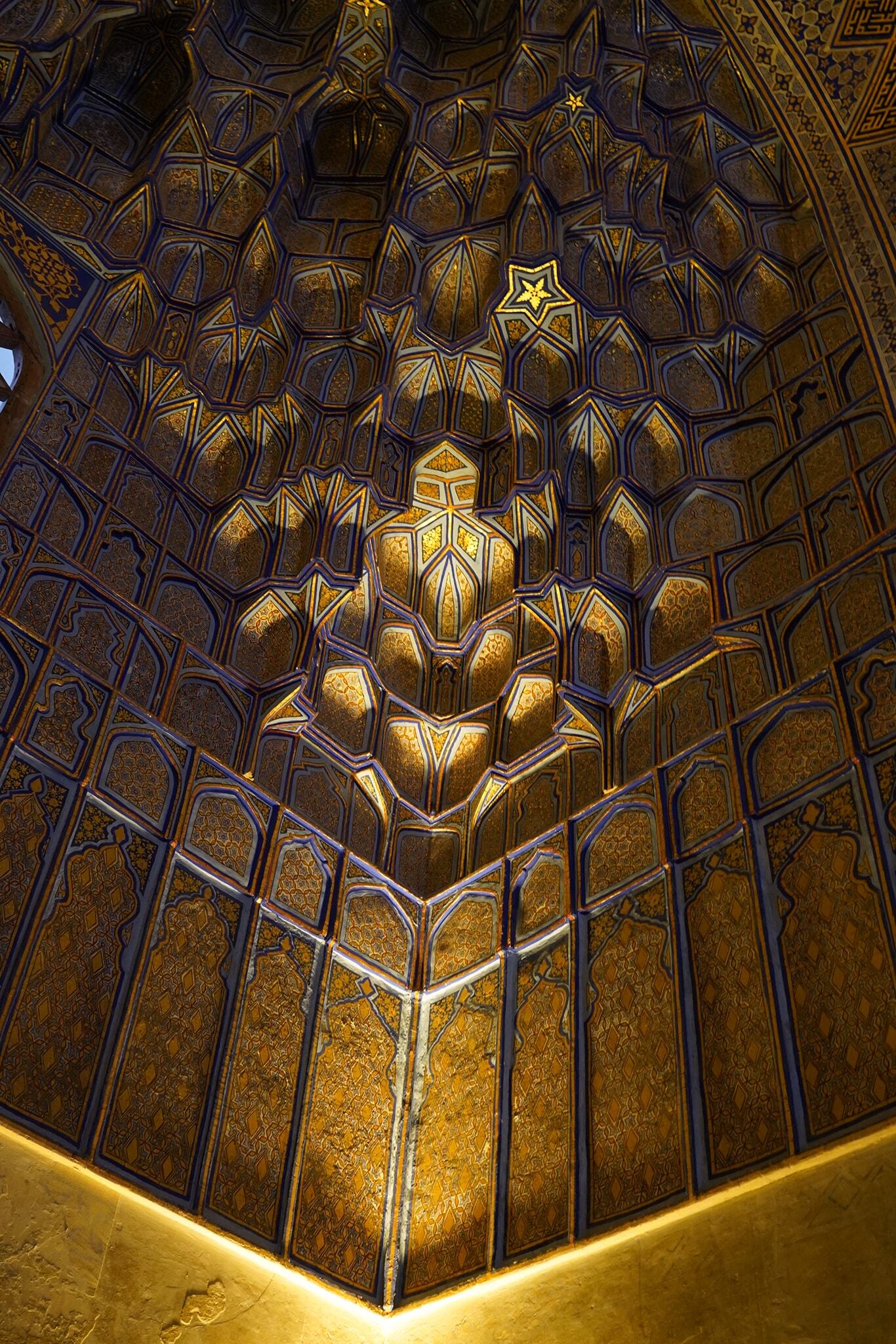
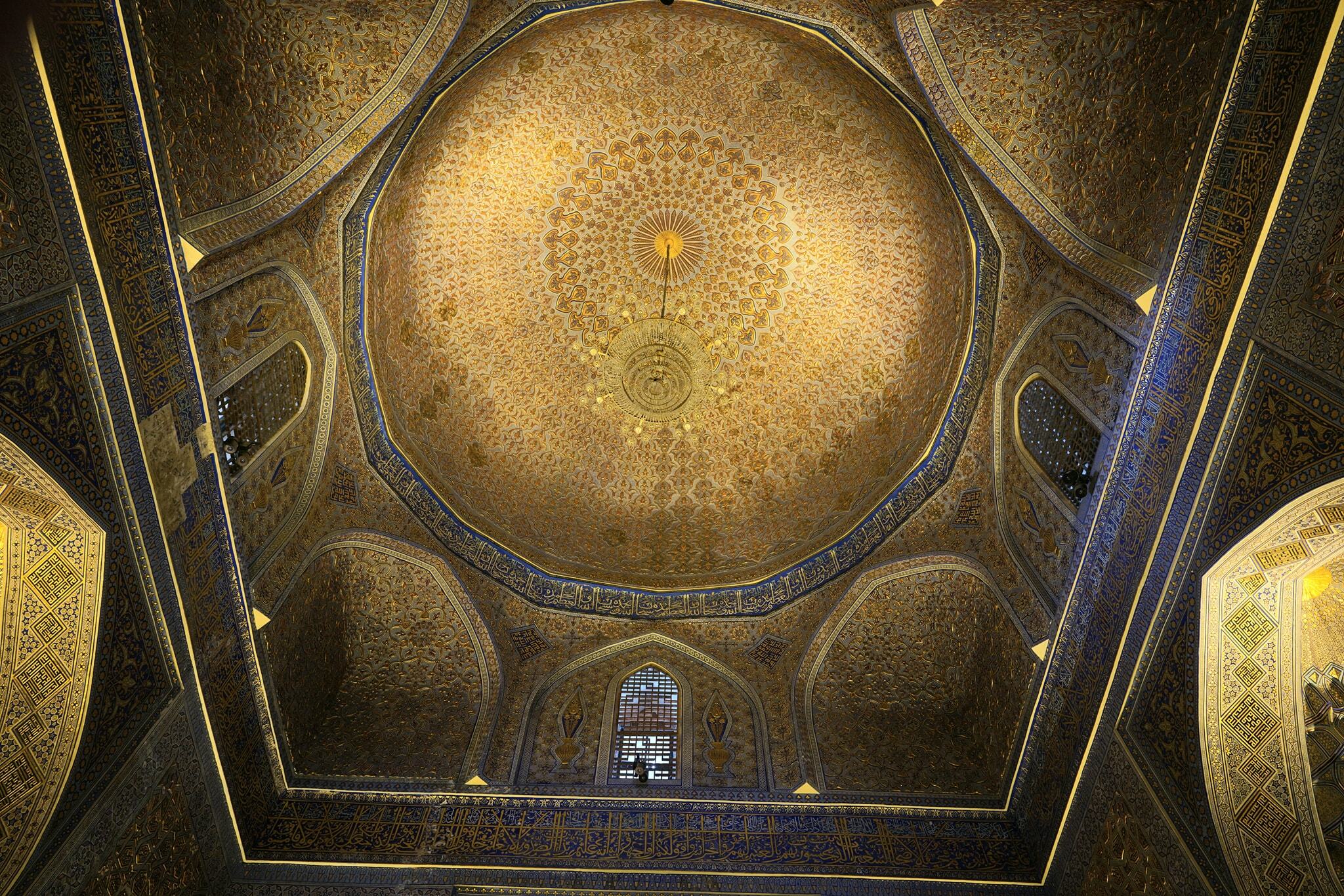
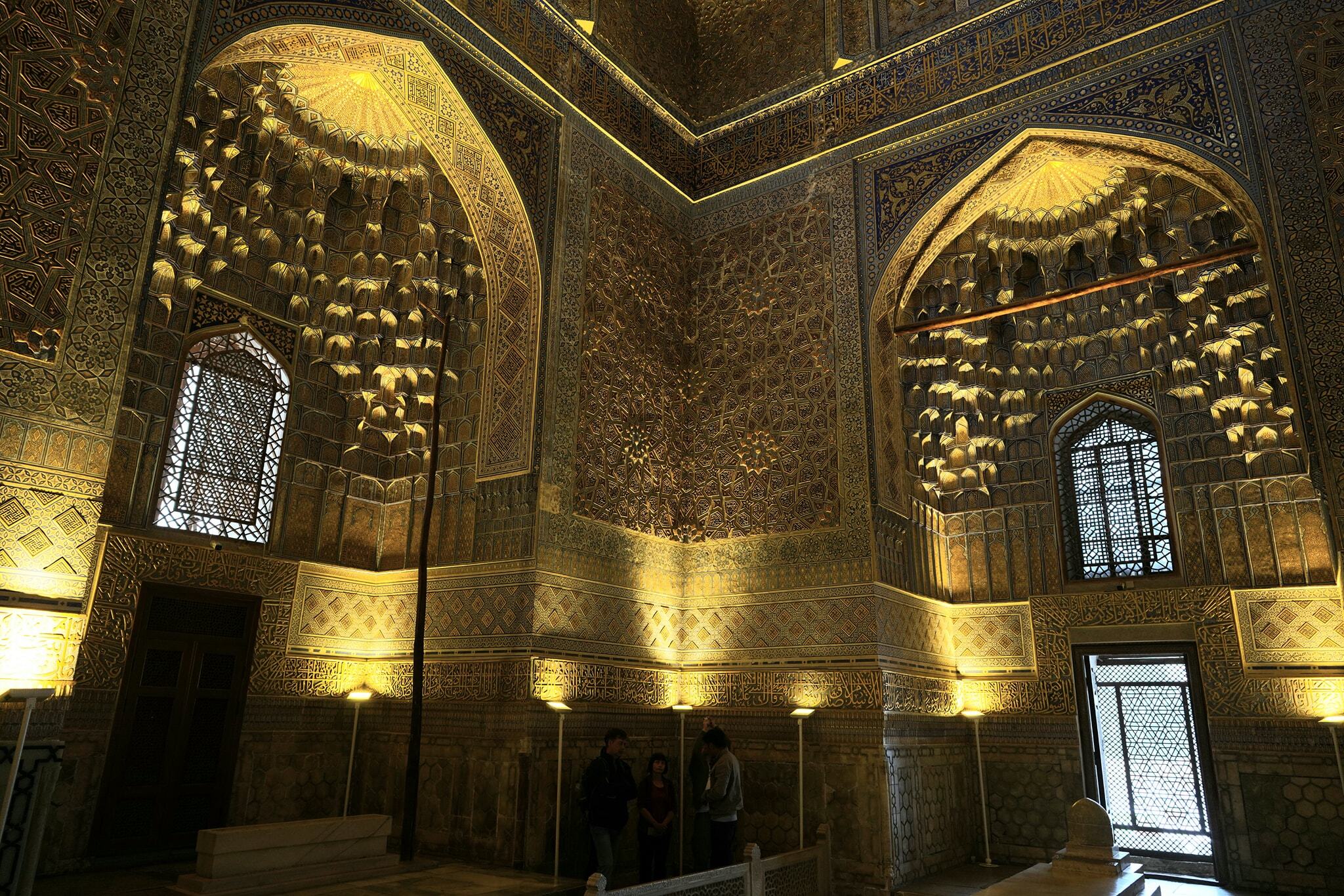
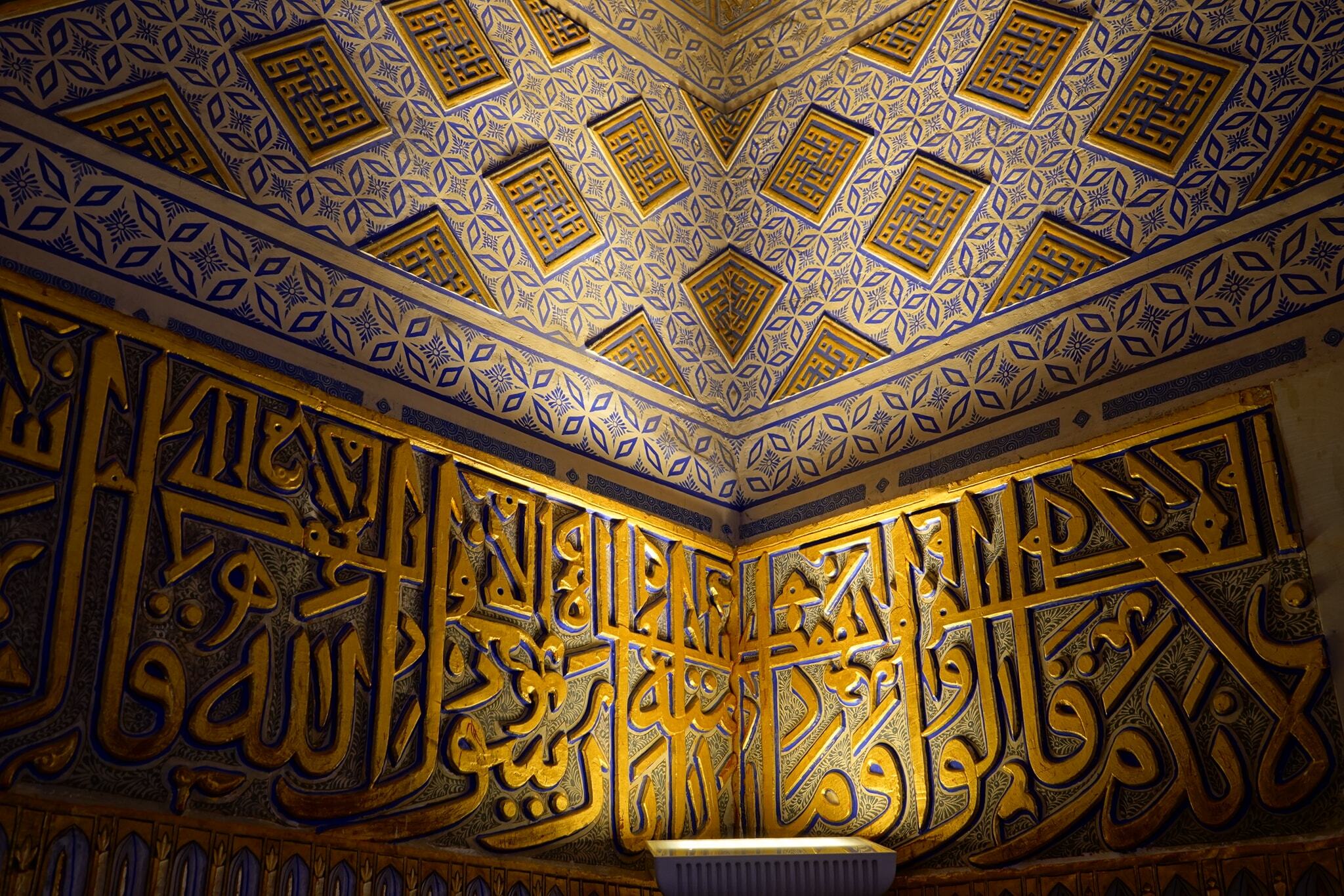
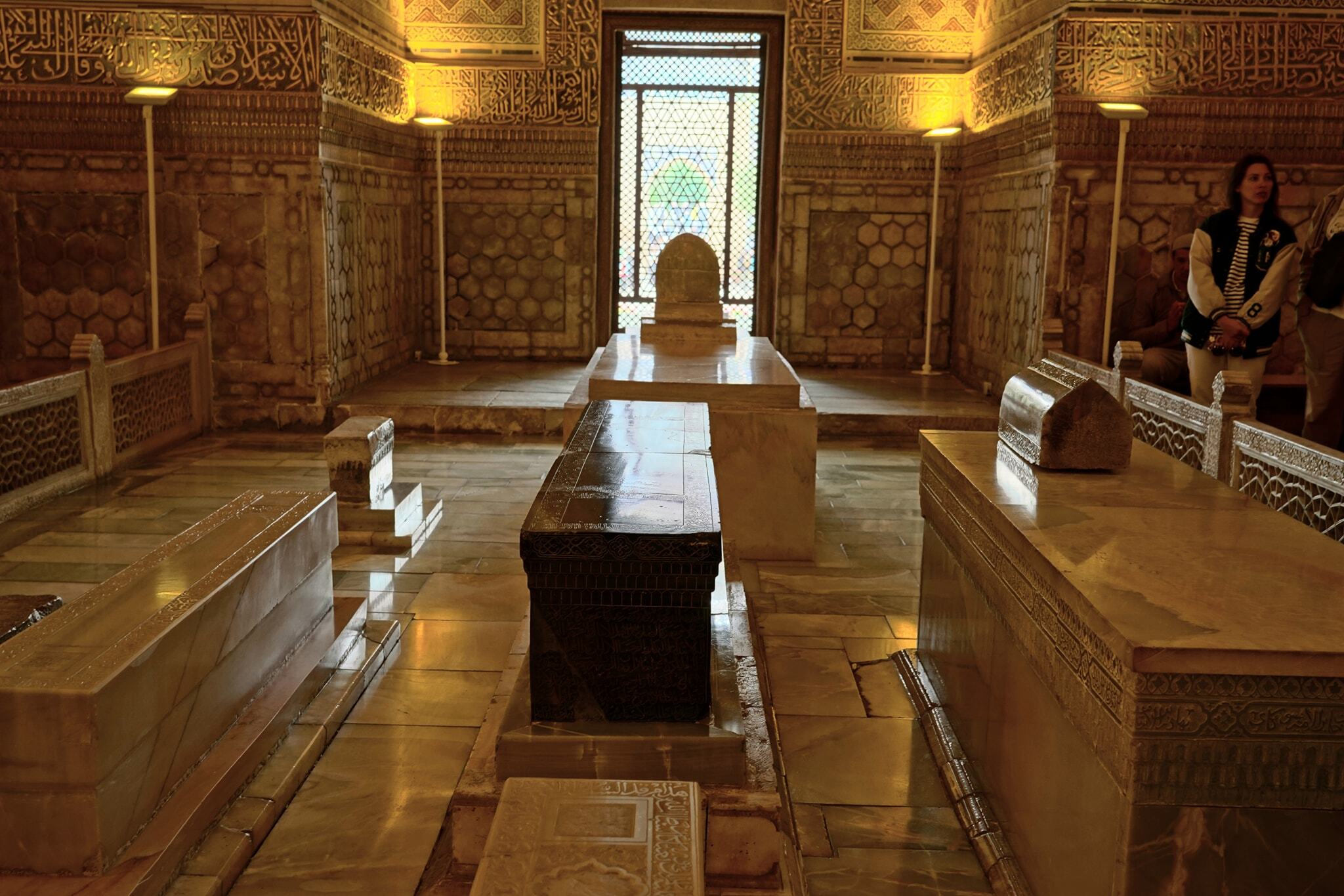
 .
.
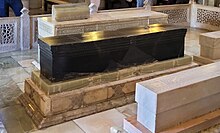 .
.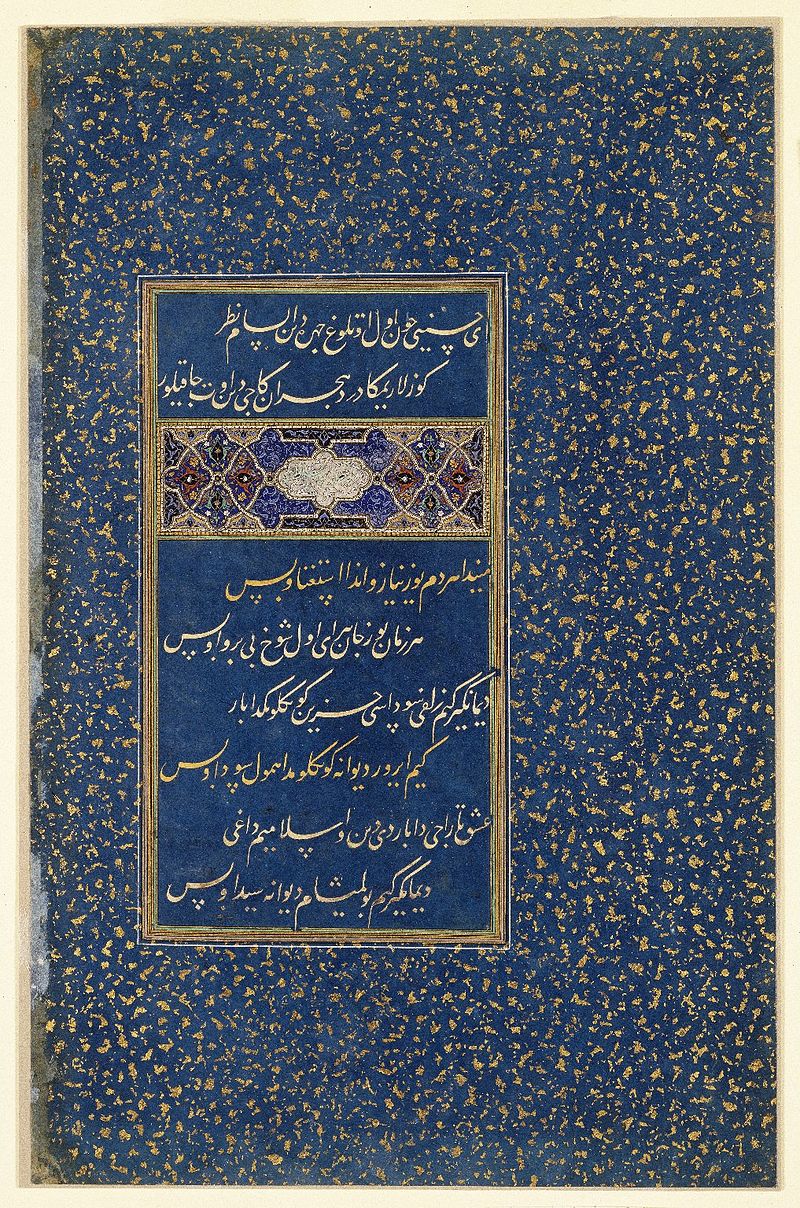
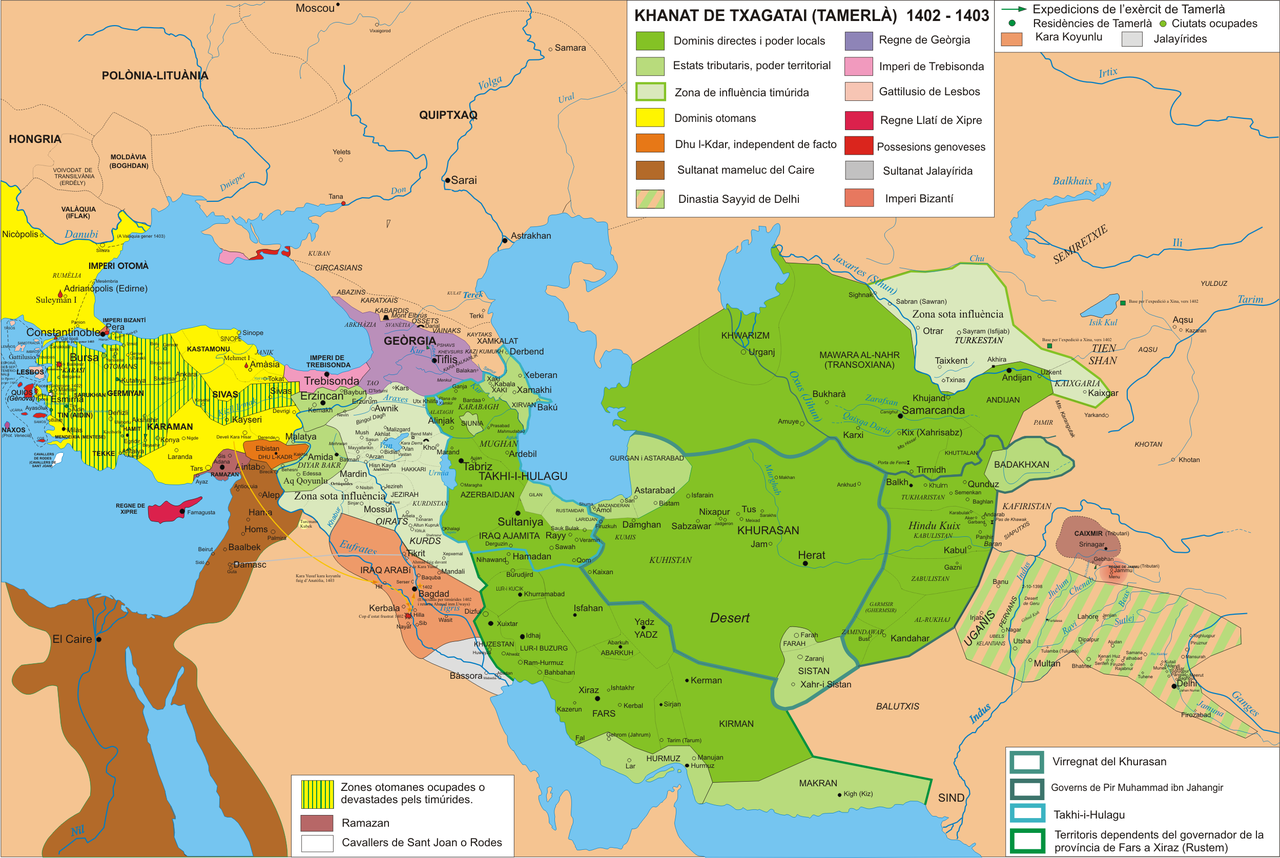
 .
.

